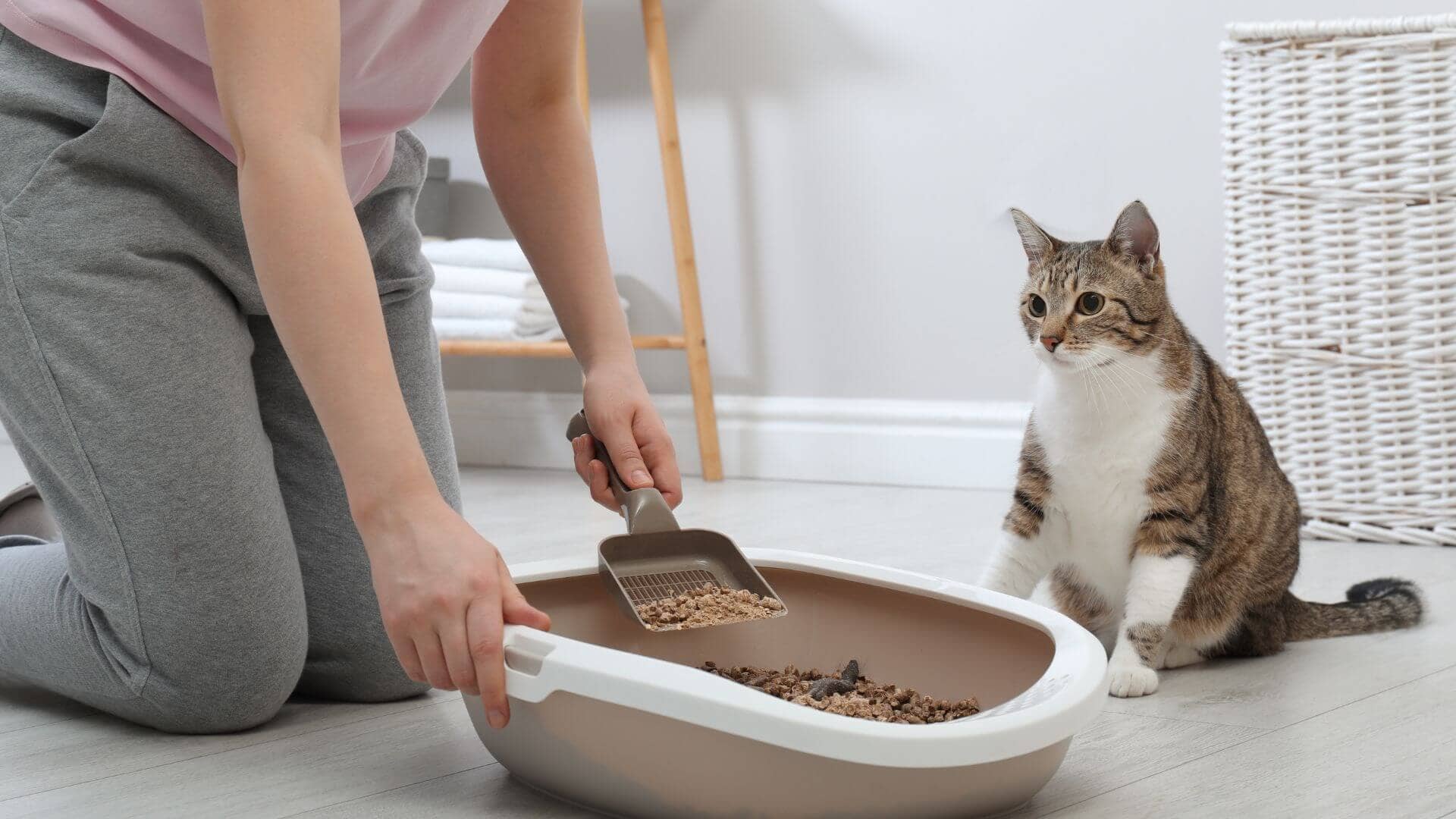Is Cat Litter Toxic? Addressing 6 Cat Litter Concerns

Cat litter, a staple for any cat loving household, can harbour potential toxicity concerns. Is cat litter toxic? While not inherently toxic, many traditional cat litters, such as clay based ones, can release dust particles that, when inhaled, may pose health risks to both cats and their owners. This dust can irritate the respiratory system causing exacerbate conditions. Additionally there are some cat litters that contain additives or fragrances that can be harmful to cats, especially when ingested. It’s vital for pet owners to be aware of these potential dangers and take steps to mitigate them.
To ensure the safety of your cat and your household, there are several options which have become increasingly available in the market. There are many eco-friendly litters available which can help mitigate the potential dangers. Moreover proper usage and disposal practices can further reduce potential toxicity concerns associated with cat litter. By making informed choices and prioritising safety, cat owners can enjoy the companionship of their cats while minimising health risk.
Whatever it is, we have got you all covered. In this post we shall discuss is cat litter toxic, what are the chemicals added that make it more harmful and is it really toxic to your cats and humans, and we shall also cover some safety cat litter precautions that can be taken to avoid the toxicity.
Why is cat litter toxic/harmful to humans/other pets ?
1.Sodium Bentonite
2.Silica Dust
3.Chemical Additives
4.Crystalline Silica
5.Environmental Concerns
6.Cat Litter Ingestion
Cats, while grooming themselves, may accidentally ingest small amounts of cat litter. This can be a concern if the litter contains toxic substances or additives. To prevent such toxic ingestions, ensure your cat’s litter box is clean and free of debris. Choose litters without harmful chemicals or fragrances as cats may be tempted to taste the litter. If you notice your cat showing interest in the litter, consider providing them safe alternatives like cat grass or catnip to divert their attention.
Keep an eye on your cat’s behaviour and consult with your vet if you suspect they have ingested litter, especially if it contains hazardous components. Understanding is cat litter toxic or not and taking preventive measures will hep you maintain a safe environment for your cat and reduce the risk of toxic ingestions.
